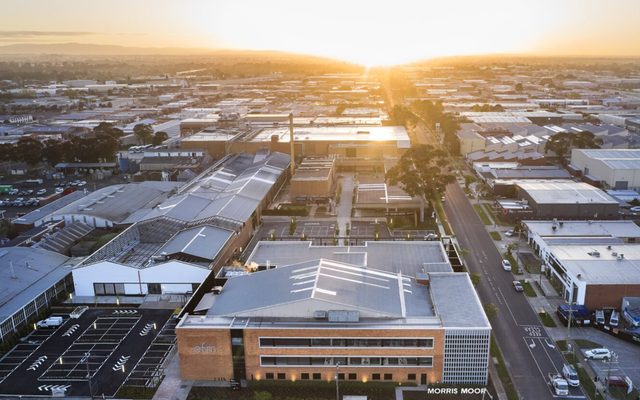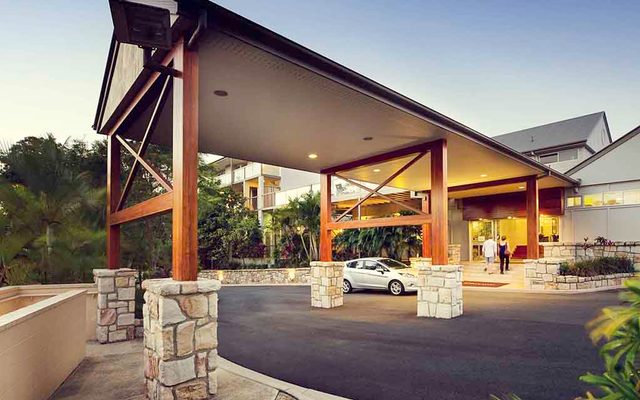This article is from the Australian Property Journal archive
PRIME office values in Australia have not skyrocketed like other volatile cities around the world, which has put the steady local market in a leading position, according to CBRE.
The latest CBRE ViewPoint report found prime office capital values having been rising in most parts of the world since 2009, however growth has been limited in Australia.
Since the start of the property market recovery in 2009 global capital values have increased 16.7%, driven by strong growth in Asia, where values have jumped a staggering 28.5% on the back of falling cap rates and rental growth.
The EMEA and the US posted reasonable growth of 15.3% and 13.6% respectively, despite the negative sentiment in relation to their economies.
In comparison, values have increased by just 7.5% in Australia in the past two years, despite the enviable credit rating and the fact that foreign investors have been flocking here in record numbers.
CBRE executive director global research and consulting Kevin Stanley said it is a far slower recovery than what has been experienced in past cycles.
“In the first two years of the recovery in the early 1990’s, values increased 12.8% and in the mid 2000’s, after the tech wreck, values increased by 11.9% in two years to restore all the value lost in the preceding downturn.
So what’s so different this time round and why has Australia been lagging?
According to Stanley, the cost of debt is one key reason. The level of tenant demand is another.
“Unlike most of the rest of the world, the cost of debt has remained relatively high in Australia and this has restricted the local investment market and left the door open to foreign purchasers, who are mostly using all equity when purchasing.
“If investors do borrow to purchase, then the spread between the property yield and the cost of debt is too tight to provide much scope for yield of cap rate compression through the bidding process,” he added.
On the tenancy front, Stanley said demand outside the resources sector has been hesitant given the uncertain global economic environment and business confidence has remained low, which has slowed decision making.
As a result, Australian prime CBD office rents have grown just 4.0% since Q4 2009, which has done little to boost capital values.
“The slow and steady pace of change in this cycle in Australia is likely to continue to attract investors comfortable with a more stable recent performance and outlook,” he continued.
But changes are afoot, Stanley said Australia has become a magnet for offshore investors.
“With the rate of capital value growth decelerating in Asia, the US only just limping into recovery and taking into account the changing outlook in Europe, Australia has started to emerge with a more stable, albeit modest, level of capital value growth than other parts of the world,”
In Q3 this year, Australia and the US were the equal leaders in relation to quarterly capital value growth after prime office values increased by 1.5%.
Capital values need to grow by another 18% in Australia to return to pre GFC levels.
In the EMEA, which is the epicentre of the world’s economic concerns, capital values grew by just 0.7%, while in Asia values increased by just 1.0% as cracks began to appear in the region’s economic outlook.
PropertyReview



